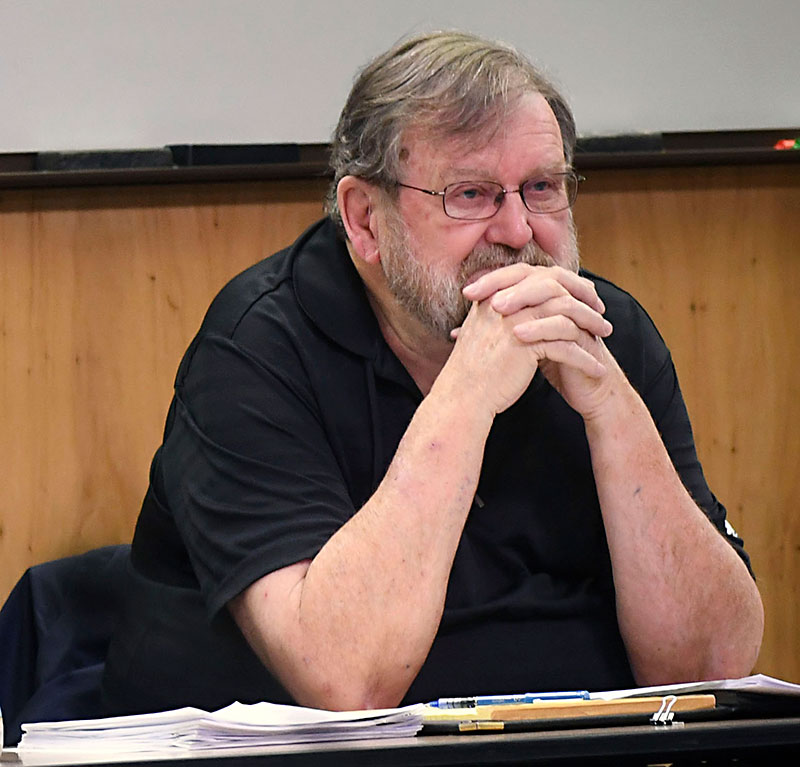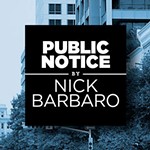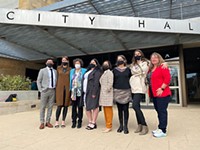CodeNEXT Gets an Autopsy Report
Planner offers a post-mortem on failed code revision
By Sarah Marloff, Fri., Oct. 5, 2018
Two months have passed since City Council aborted CodeNEXT, the contentious six-year, $8.5 million rewrite of Austin's land development code. But the dust has yet to settle. Last week, Zoning and Platting Commission Vice Chair Jim Duncan sent City Manager Spencer Cronk a "CodeNEXT post-mortem." Cronk has been charged with developing a new process for updating the 30-year-old code.
Duncan, who was Austin's planning director back in the Eighties, called the third and last draft of CodeNEXT the "worst code I have ever seen in my life" back in March; in May, ZAP recommended that Council immediately terminate the project, as it finally did in August. Cronk has yet to reach out to ZAP regarding next steps, so Duncan has taken the initiative, worried that the new-ish city manager is "depending exclusively on city staff, those who created the problem, to bring him up to speed."
Since CodeNEXT clearly didn't lack for time nor money, Duncan instead identifies his Top 10 takeaways:
• Inexperienced staff without the "expertise, experience, knowledge, skills or authority" to manage a rewrite, who cherry-picked goals, data, and population projections to justify density increases and upzonings;
• The wrong consultant, Opticos Design, which Duncan deems to be too urbanist and who "lost credibility" for making recommendations based on market potential rather than on Imagine Austin and neighborhood plans;
• An unrealistic work program that attempted to tackle text, maps, and technical manuals simultaneously, creating a massive and confusing product;
• A misused Citizens Advisory Group, on which Duncan served, which should have been used to avoid the "structural and substantial flaws" of the first CodeNEXT draft;
• A poor process and product, especially that disastrous first draft with its complicated combination of existing and new form-based and use-based code – what Duncan calls a "clumsy attempt to promote new urbanism at the expense of thoughtful planning";
• Widespread citizen concerns from all parts of town that "unified residents as never before in their joint opposition";
• Anti-code poll results and public hearings where "CodeNEXT opponents outnumbered proponents two to one";
• "Blindness to fairness and the Rule of Law" regarding both voter approval (what is now Proposition J on next month's ballot) and removing ineligible members of the Planning Commission;
• The polarized land use commissions, with the PC offering hundreds of revisions to the same draft ZAP threw in the trash;
• And finally, a divided City Council whose "pro-density" and "pro-neighborhood" factions were unable to come together to "avoid the CodeNEXT train wreck."
As for how to move forward with Code Whatever Comes Next, Duncan suggests dumping the old brand and focusing on incremental changes, small area planning and fixes to obvious problems with the current code. On the more political side, he calls for Cronk's new process to be "open, transparent and inclusive," insulated from "premature political meddling," and without "demonizing those who don't agree with you."
What happens next remains a mystery, but whatever's on the table certainly won't be revealed until after the Nov. 6 elections.
Got something to say on the subject? Send a letter to the editor.











